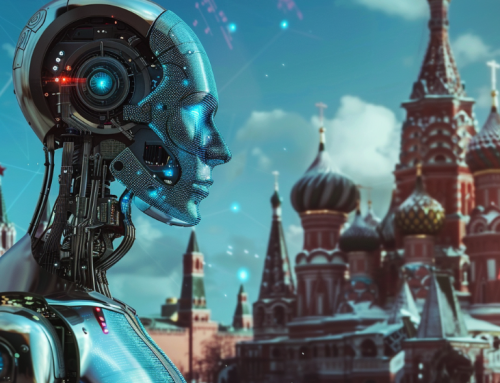
AI Enables Chemists to Explore a Universe of New Compounds For Drugs
This fascinating and in-depth read from the journal Nature explores how researchers are using AI to sift through the veritable universe of possible combinations of drug-like compounds –more than there are atoms in the solar system– to discover new compounds and treatments on a scale heretofore never conceivable in traditional means of chemistry and medicine.
In 2016, the pharmaceutical firm Sunovion gave a group of seasoned employees an unusual assignment. At the firm’s headquarters in Marlborough, Massachusetts, the chemists were all asked to play a game to see who could discover the best leads for new drugs. On their workstations was a grid of hundreds of chemical structures, just ten of which were labelled with information on their biological effects. The experts had to select other molecules that could turn out to be drug candidates, using their hard-earned knowledge of chemical structure and biology. Of the 11 players, 10 struggled through the task for several hours. But one breezed through in milliseconds — because it was an algorithm.
That computer program was the brainchild of Willem van Hoorn, head of chemoinformatics at Exscientia, a start-up that uses artificial intelligence (AI) to design drugs. The firm, based in Dundee, UK, wanted to extend a nascent partnership with Sunovion, so the stakes were high. “My credibility was on the line,” says van Hoorn. Twenty rounds of gameplay later, he tallied up the points. Relief swept over him. His algorithm had mastered at least some of the dark arts of chemistry; only one drug-hunting expert had beaten the machine.
Exscientia and Sunovion have continued to work together to discover psychiatric drugs ever since. “This competition really helped to get buy-in from the people who make the chemistry research decisions,” says Scott Brown, Sunovion’s director of computational chemistry.
Exscientia is just one of a growing number of groups in industry and academia that are turning to computers to explore the mind-bogglingly large chemical universe. Chemists estimate that 1060 compounds with drug-like characteristics could be made — that’s more small molecules than there are atoms in the Solar System. The hope is that algorithms will catalogue, characterize and compare the properties of millions of compounds in silico to help researchers quickly and affordably find the best drug candidates for a target. Proponents argue that these strategies could make medicines safer, ensure that fewer drugs fail in clinical trials and enable the discovery of new classes of therapeutics. They could also help to open up areas of chemical space left unexplored or assumed to be barren.
Read On: The drug-maker’s guide to the galaxy : Nature News & Comment






